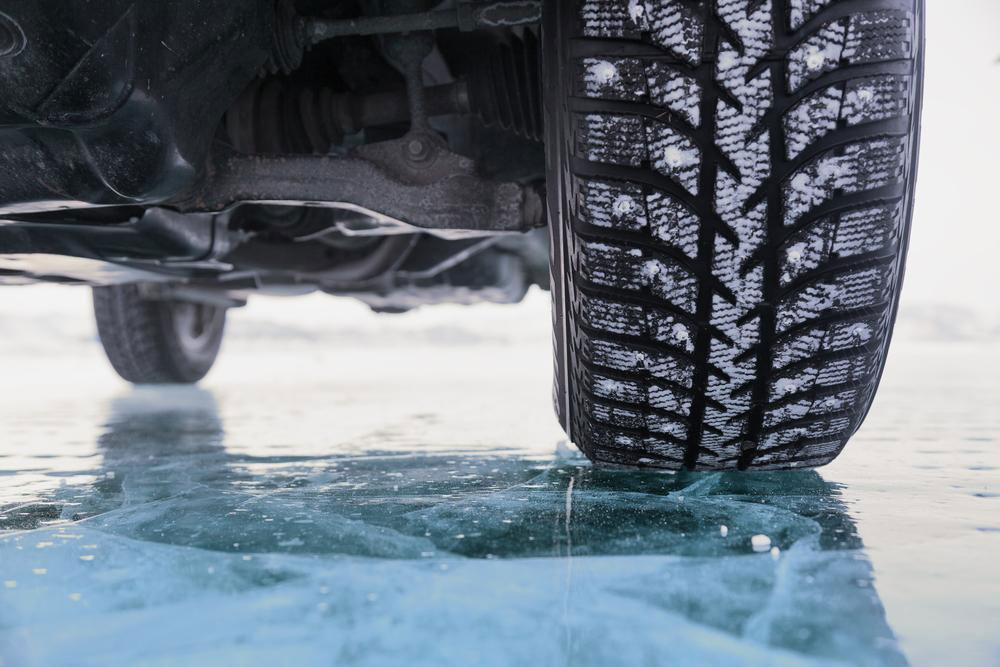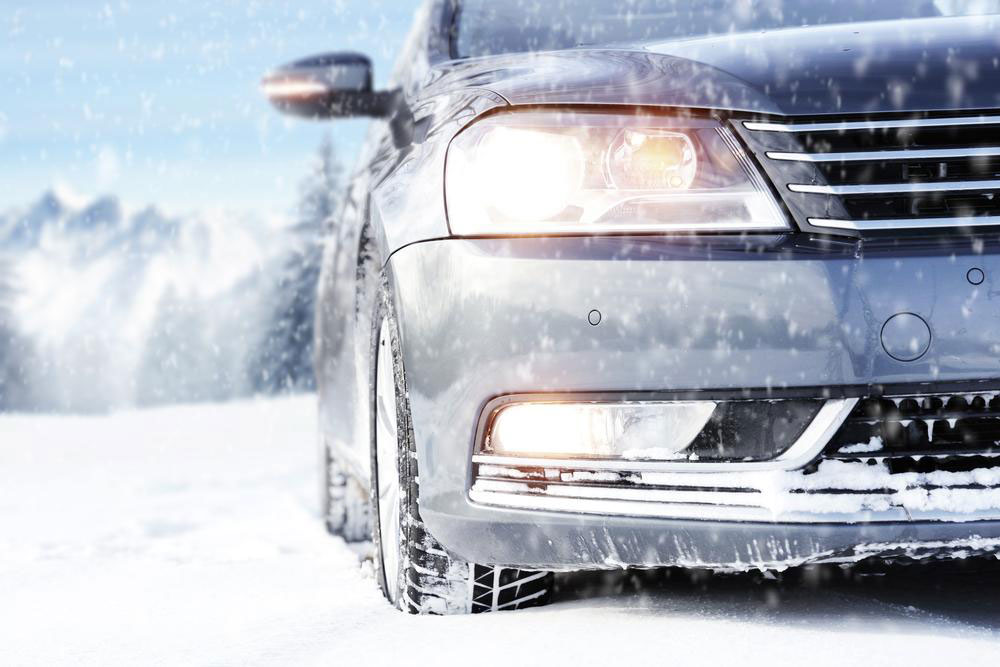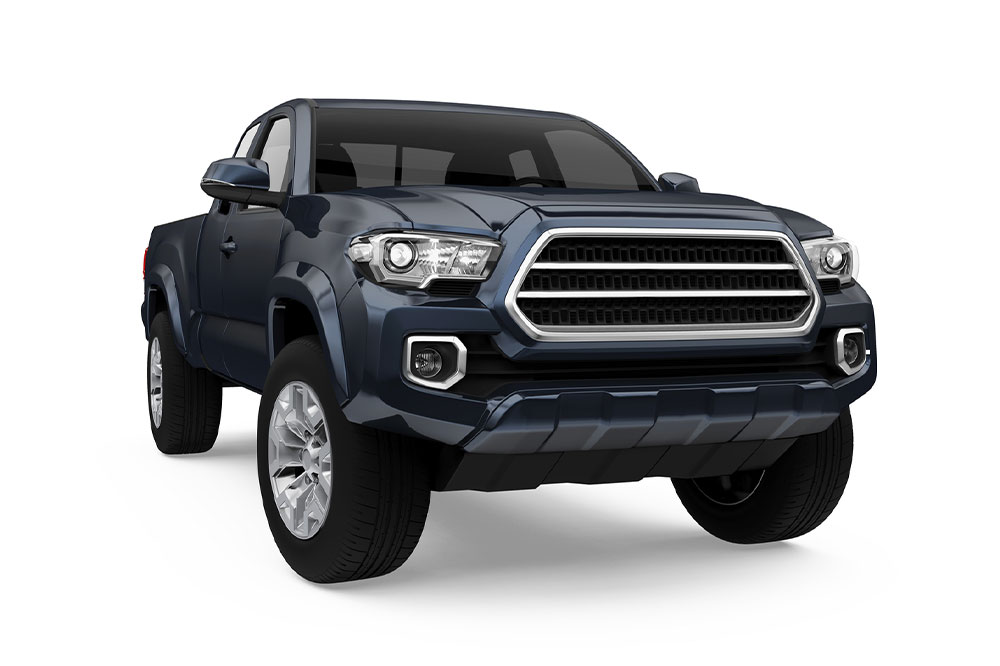Essential Tips for Picking the Perfect Truck Tires
Learn how to select the ideal truck tires with our expert tips. From ride comfort and durability to weather-specific options, this guide helps truck owners make informed choices for safety and performance. Discover the importance of tread life, speed ratings, and terrain compatibility to ensure your truck is equipped for any journey.

Essential Tips for Picking the Perfect Truck Tires
Selecting the right tires for your truck requires understanding how they differ from standard car tires. This guide provides key insights into truck tire types, features, and important considerations before making a purchase. Whether you're a professional driver or an enthusiast, knowing what to look for ensures safety and performance. Read on to discover how to choose durable, reliable truck tires suited to your driving conditions and terrain.
Prioritize Ride Comfort
While budget tires might appeal visually, they often compromise durability and ride quality. Cheap tires tend to be more vulnerable to damage from potholes and rough roads, leading to costly repairs or dangerous blowouts. Premium tires with stronger sidewalls handle rugged terrains better and provide smoother driving experience, especially when off-road adventures are frequent. Safety first—invest in quality for peace of mind.
The construction of low-quality tires is often a giveaway; they tend to show damages quickly and have stiff sidewalls that can make driving harsher. This increases the risk of wheel damage, especially on uneven terrains. For off-road driving, wider sidewalls are preferable to prevent dents and rim damage. Always balance cost with safety and durability when selecting tires for challenging conditions.
Check the Speed Rating
Match your tire’s speed rating with local speed limits. For regions where the maximum speed rarely exceeds 75 mph, tires rated for 130 mph are more than sufficient. For highways with higher speed limits, consider tires with a higher speed rating like H or V, ensuring performance and safety at elevated speeds. Choose wisely based on where and how fast you typically drive.
Assess Tread Life Expectancy
Tire treads provide essential contact with the road surface, influencing traction and longevity. Wear ratings, part of the Uniform Tire Quality Grading system, help estimate how long a tire might last under normal conditions. These grades consider treadwear, temperature resistance, and traction, guiding you to select tires that will perform reliably over time. Proper assessment ensures better value and safety.
Opt for Tires Suited to Weather Conditions
Weather impacts tire choice significantly. Drivers in rainy regions like Oregon or Washington should opt for wet-weather tires designed to handle moisture and slick surfaces. In snowy zones such as the Snow Belt, all-season or dedicated snow tires provide better traction and safety. Match your tire type to your climate for optimal performance and safety.










